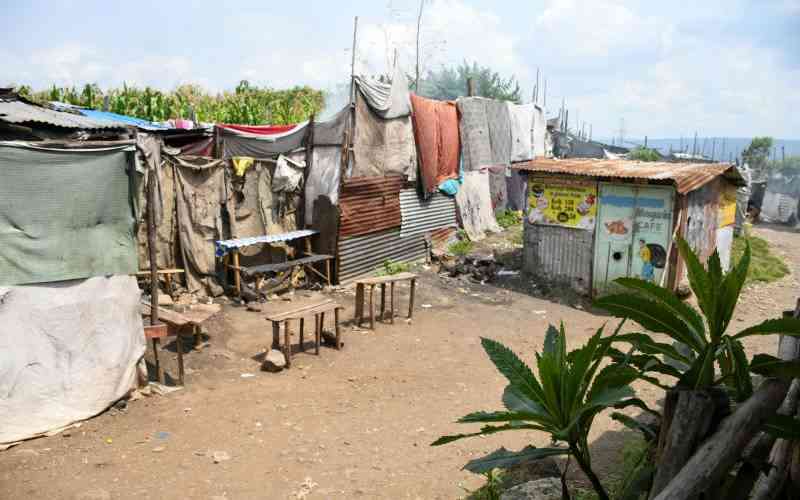Mexico City's Growing Tourism Tensions Lead To Violent Protests In Popular Neighborhoods: What You Need To Know - Travel And Tour World
Saturday, July 5, 2025

Mexico City, a thriving capital city famous for its storied past and lively cultural life, is experiencing a growing backlash against the rising swell of mass tourism. What had originally been a non-violent protest in tourist-populated districts soon descended into chaos and sparked concerns for the future of the city and how it coexists with tourism. On Friday, hundreds had protested gentrification and mass tourism’s effects when a minority of protesters made the procession a rioting spectacle.
The march, which took place in neighborhoods such as Condesa and Roma, focused on the social and economic implications of tourism and its contribution to gentrification. Over the past few years, these once-quiet neighborhoods have become increasingly sought after by tourists, particularly digital nomads from the United States, who are attracted to the city’s affordable cost of living and vibrant lifestyle. However, the influx of international visitors has come at a high price for locals.
The rapid rise in rental prices has made it difficult for longtime residents to afford living in their own communities. Once affordable neighborhoods have transformed into high-end areas catering primarily to tourists, forcing many local families to relocate. Protests in Mexico City follow a global pattern seen in cities such as Barcelona, Madrid, Paris, and Rome, where residents have voiced frustration over the increasing presence of tourists and its detrimental effects on local housing markets and the character of neighborhoods.
The protests in Mexico City began peacefully, with demonstrators marching through Condesa and Roma carrying signs and chanting slogans against gentrification. However, as the day wore on, a small number of protesters turned to more violent tactics, smashing storefront windows and looting luxury businesses in the area. Masked protesters were seen throwing rocks through glass windows of high-end stores, while graffiti on shattered windows read, “Get out of Mexico.”
The violence escalated as protesters turned their attention to tourists in the area, some of whom were harassed. Signs bearing the message “Gringos, stop stealing our home” were held up as the marchers expressed their anger at the perceived displacement caused by foreign investment and tourism. The protesters’ calls were clear: stricter regulations on tourism and housing laws to protect local residents from rising rents and displacement.
The protests in Mexico City are a reflection of a broader issue that has affected major cities worldwide. Over the past decade, mass tourism has surged in many destinations, including Mexico City, fueled in part by the rise of platforms like Airbnb. While tourism has brought significant economic benefits to many regions, it has also created challenges related to housing affordability, local culture, and sustainable development.
In Mexico City, the arrival of U.S. digital nomads in 2020, who fled the pandemic’s strict lockdowns in their home country, exacerbated the housing crisis. These individuals were able to take advantage of Mexico City’s relatively low rent prices, further driving up costs in already gentrified neighborhoods. The increased demand for short-term rental accommodations through Airbnb has made it difficult for residents to secure long-term housing at affordable rates. As rents soar, many locals are being priced out of their homes, leading to increasing tension between residents and tourists.
As these neighborhoods gentrify, many locals feel that their city is losing its identity. The proliferation of tourist-oriented businesses, restaurants, and short-term rentals has led to a shift in the character of once-familiar communities. Many residents feel that their homes and local culture are being overshadowed by the increasing presence of foreign visitors.
While tourism brings in substantial revenue, it has created a scenario where the benefits are not being shared equally. The cost of living continues to rise, and longtime residents are often displaced as they are unable to keep up with the escalating rents. For many, the influx of foreign investment in real estate and tourism has led to a situation where their daily lives are becoming increasingly unaffordable, and their sense of belonging within their own neighborhoods is diminishing.
The violent protests in Mexico City have shone a spotlight on the negative side effects of mass tourism and gentrification. With increasing pressure from locals to regulate tourism levels, it remains to be seen whether the government will take action to address these concerns. While tourism remains an important driver of the city’s economy, local residents are demanding that measures be taken to ensure that their communities are protected from the negative impacts of uncontrolled growth.
The calls for stricter legislation to regulate short-term rentals, as well as better housing laws, have become a central issue for many activists and residents. In the wake of this protest, it is likely that the government will need to find a balance between promoting tourism and maintaining the cultural and economic integrity of its neighborhoods.
Mexico City’s protests are representative of a broader global debate surrounding mass tourism’s impacts. Whilst tourism is unquestionably a revenue benefit for destinations, for others it is said to bring more costs than benefits to local residents and communities, particularly to those experiencing homelessness and housing crises. Whilst cities globally are grappling with this issue, it is clear sustainable solutions will require collaboration between tourism enterprises, local residents, and their governing entities.
In the case of Mexico City, we are observing a growing sentiment of city residents to exert increased control over tourism and to invite both foreign and local tourists to be responsible tourists by not undermining the economic activities of urban residents. Whether or not reform of this sort will materialize is yet to be seen, but increased tension is a signal of a massive overhaul of tourism policy potentially on the horizon.
References: Government of Mexico – Secretariat of Tourism (Official Website), United Nations World Tourism Organization (UNWTO)
«Enjoyed this post? Never miss out on future posts by following us»





